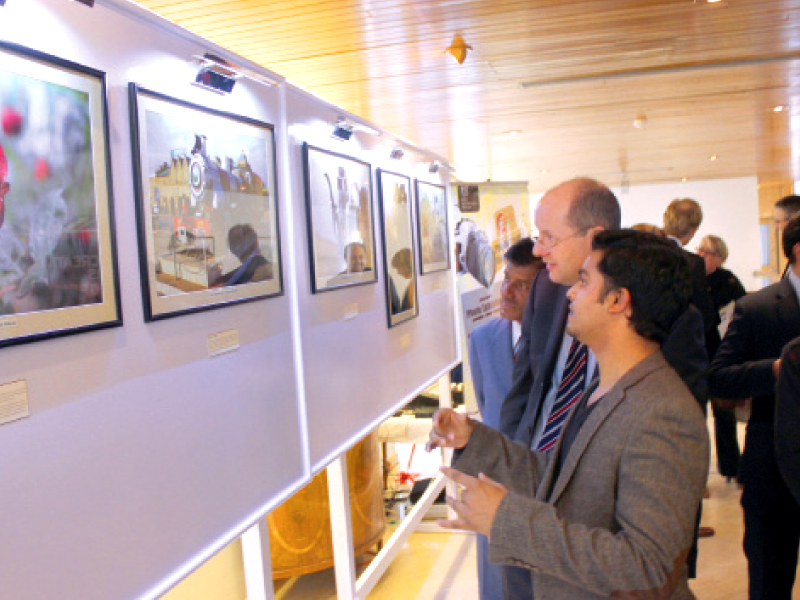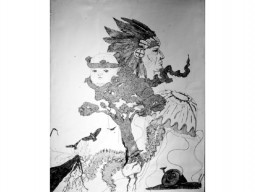
ISLAMABAD:
Pakistan’s connections with the United Kingdom (UK) go right back to August 14, 1947. After all, it was the British from whom Pakistan got independence.
Some of the vestiges of that colonial history and some modern connections between the two countries were put on display on Friday by the British High Commission at a “Celebrating Connections” photo exhibition.
The exhibition, which showcased 24 photos from 16 amateur Pakistani photographers, was the result of a competition run by the high commission on social media for six weeks. Photographers were invited to submit their creative interpretation of the exhibition’s theme of connections between Pakistan and the UK.
The shortlisted photos depicted the Pak-UK relationship by capturing images ranging from teapots to cricket and British-era infrastructure. The photos were selected by a two-member jury consisting of Pakistan-based photographer Max Becherer and Pakistani photographer Muhammad Azhar Hafeez.
The jury also picked a winner and two runners-up from among the photographers. The first prize went to Rawalpindi-based doctor Rawail Iftikhar for his photo of a battered cricket ball lying on a grassy field.
“The image of the ball on the grass has an intellectual curiosity,” said Becherer. “It should be in play and you as a viewer want to pick up the ball. That I thought was an interesting intellectual element of the photo.”
Iftikhar said that his family was big on sports and his photo was a random shot he took during a cricket match. He said that he entered the competition after a friend told him about it.
Zoha Kalia, 14, from Karachi was also intimated about the high commission’s initiative by a friend. Her image of a rose, the national flower of England, was also shortlisted for the exhibition.
“I sent in my photo on the day of the entry deadline,” Zoha said. “I was really excited when they told me it had been selected.”
Magnus Wolfe Murray’s image of members of a Hindu community in Sindh’s Sangar district welcoming British aid workers to their village stood second. Hanan Waheed’s sombre and graceful photo of a graveyard where soldiers of the pre-partition British Army were buried in Rawalpindi got the third place.
Becherer, quoting British photographer Tim Hetherington, who was killed in Libya during war reporting in 2011, said Hetherington believed his photography was not derived from altruism but out of a desire to reach out to the people and to have some utility. Some of that utility and desire was also evident in the photos shortlisted for the exhibition, Becherer said.
British High Commissioner Philip Barton, who inaugurated the photo exhibition, thanked the photographers who participated in the competition. Barton said that he was struck by the different ways in which the photographers had illustrated the connections which link Pakistan and the UK.
“So you have everything from cultural things, such as tea, through to sporting things with a couple of pictures on cricket, some historical things remembering shared sacrifice…and very nice reminders of some historic legacy the British left behind in this country such as the railways,” the high commissioner said. “We also have some modern reminders such as the English language test photo.”
Barton said there is a huge amount of talent waiting to be unlocked in Pakistan. He said the photo competition was third in a series of similar activities organised by the high commission, with previous contests focusing on short film and theatre plays.
The exhibition will be on display at the Pakistan National Council of the Arts on Sunday and Monday, before travelling to Lahore and Karachi in March, according to the British High Commission.
Published in The Express Tribune, March 2nd, 2014.






















































COMMENTS
Comments are moderated and generally will be posted if they are on-topic and not abusive.
For more information, please see our Comments FAQ